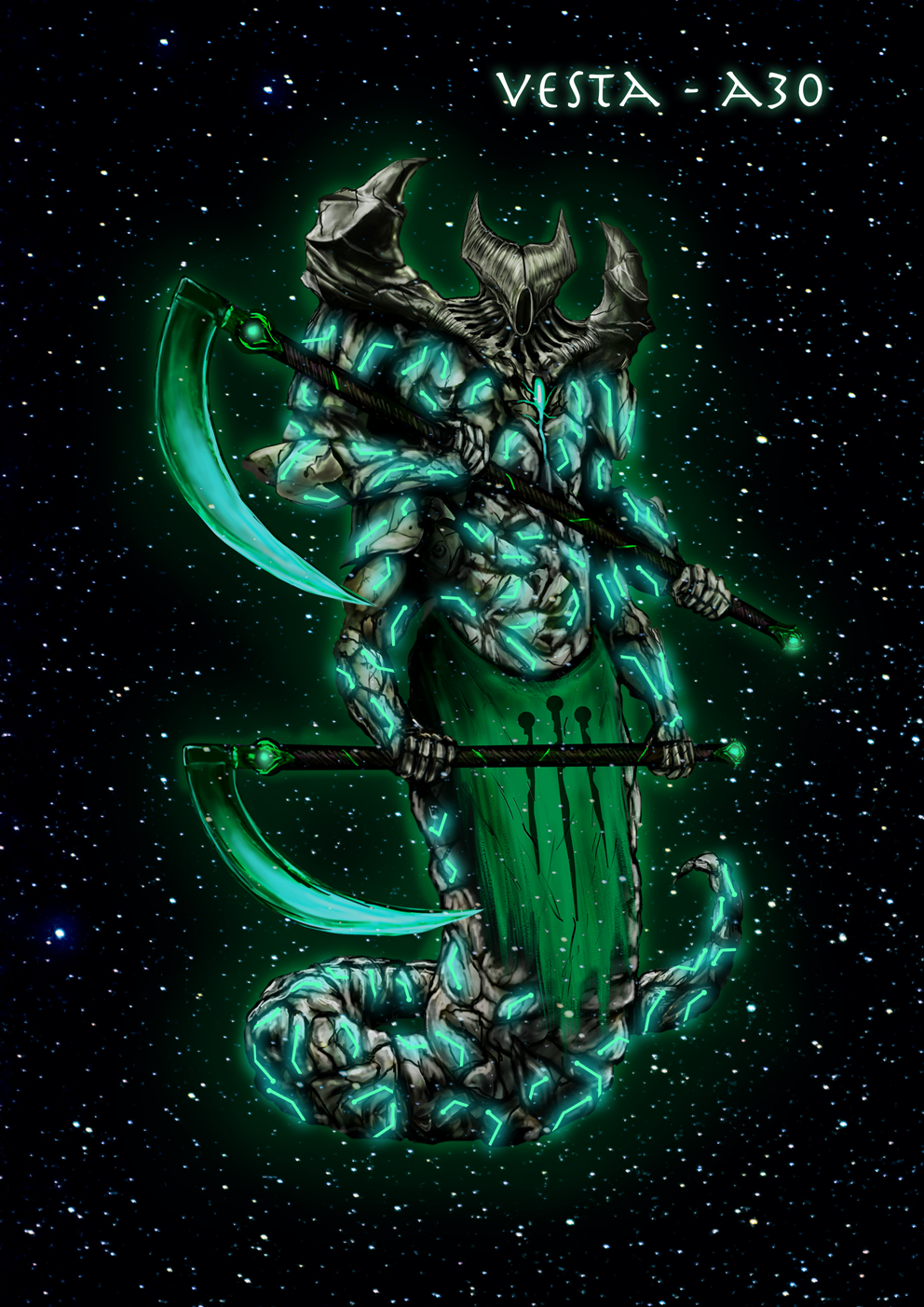ASTEROIDS AND ASTEROID BELT
An asteroid is a small, rocky celestial body that orbits the Sun. Most asteroids are found in the asteroid belt between Mars and Jupiter, roughly 2.1 to 3.3 astronomical units (AU) from the Sun. They can also be found throughout the solar system. Asteroids are considered remnants from the early solar system, leftover from the formation of the planets.
- Composition: The belt contains a diverse range of asteroids with varying sizes, compositions, and shapes. These bodies are primarily made of rock and metal (nickel-iron) and some with silicate.
- Formation: The asteroid belt is thought to be remnants from the early solar system. The region’s formation prevented the accumulation of material into a planet due to the strong gravitational influence of Jupiter, which disrupted the accretion process.
- Density: Although the asteroid belt contains numerous objects, the region is relatively sparse, with vast distances between individual asteroids. This low density means that spacecraft can travel through the belt with minimal risk of collisions.
- Size: Asteroids vary widely in size, from small boulders only a few meters across to large bodies several hundred kilometres in diameter. Some of the largest asteroids are Vesta, Pallas, and Hygiea. Dwarf planet Ceres is also part of the asteroid belt.
- Shape: Most asteroids are irregularly shaped due to their relatively small size and lack of sufficient gravity to pull them into a more spherical shape. However, larger asteroids may have a more rounded appearance.
- Orbit: Asteroids generally follow elliptical orbits around the Sun, and their paths can be influenced by gravitational interactions with planets and other celestial bodies.
- Material Studies: Asteroids are relatively unchanged since their formation, making them valuable targets for studying the primordial materials that formed the Solar System.
- Exploration: Various space missions have explored or studied the asteroid belt. For instance, NASA’s spacecraft Vesta and Ceres (part of the Dawn mission) provided detailed observations of some of the largest asteroids.
Asteroid examples
- Vesta: The largest asteroid, with a diameter of about 525 km (326 miles). It has been extensively studied by NASA’s Dawn spacecraft.
- Pallas: The second largest asteroid, with a diameter of about 512 km (318 miles).
- Hygiea: The third largest asteroid, with a diameter of about 434 km (270 miles).

